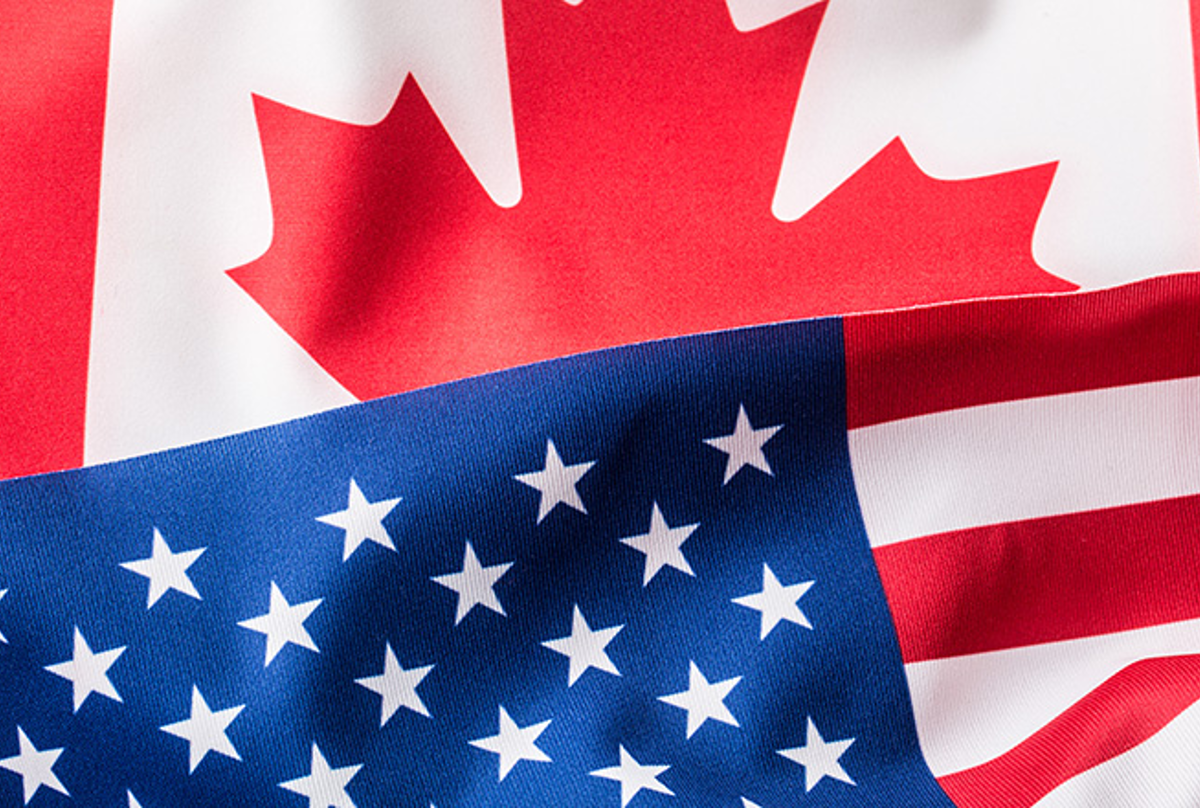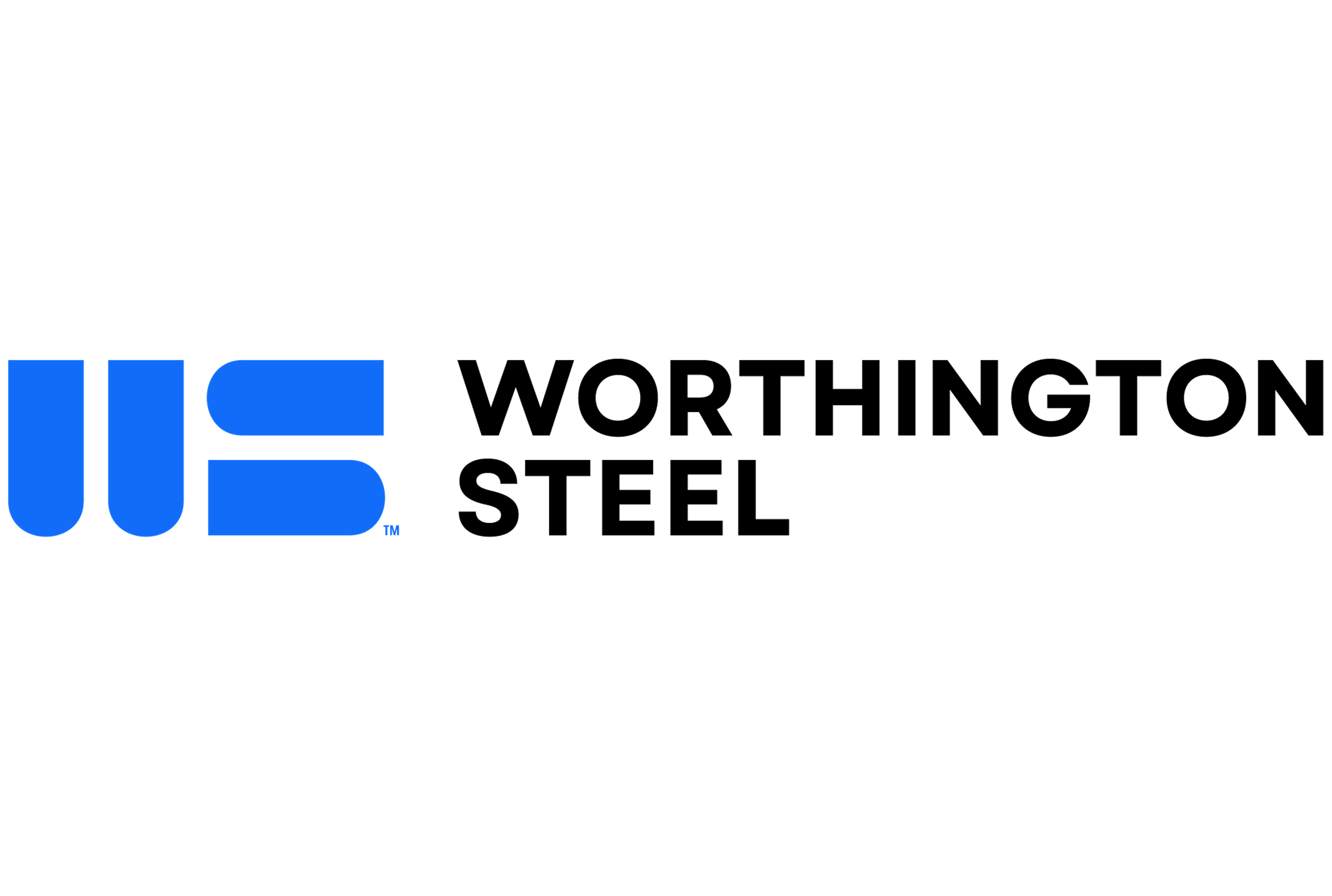Market Segment
August 3, 2025
Nippon Steel posts quarterly loss on cost to buy U.S. Steel
Written by Kristen DiLandro
Nippon Steel Corp. on Friday projected a fiscal-year 2025 loss due to costs tied to its $14.9 billion acquisition of U.S. Steel.
The Tokyo-based steel producer also noted that it was required to transfer its 50% stake in joint venture AM/NS Calvert to partner ArcelorMittal. The transfer resulted in a one-time loss of ¥231.5 billion ($1.56 billion). (Editor’s note: Nippon Steel reports results in Japanese yen.)
ArcelorMittal is now the sole owner of the Alabama sheet mill.
Nippon Steel now estimates it will report a loss of ¥40 billion for the full fiscal year. It previously projected a ¥200 billion profit for 2025.
The company in its earnings release on Aug. 1 swung to a fiscal first quarter loss of ¥195.8 billion compared to a profit of ¥157.6 billion in the same quarter last year on revenue that fell 8.3% to ¥2.0 trillion.







